| Happy Sunday, and happy Thanksgiving leftovers season (see below for a few favorite twists on Thanksgiving leftovers). As this November we honor Indigenous Peoples' Month (National Native American Heritage Month) we invited Jennifer Brandt (find her at 8thNation.com), an Indigenous journalist and event producer, to curate a selection of essays and interviews with leaders in Indigenous foodways. I would love, on this late November Sunday, to share Jennifer's opening essay with you in the hopes that you find some quiet moments to read it and the other pieces in her series, like Kirsten Kirby-Shoote on the transformative power of tending seeds and this profile of the inspiring, fascinating work of Andi Murphy and her podcast, Toasted Sister. We're honored to publish Jennifer's work and all of these pieces that opened my eyes to more of what we lose — all of us — when Indigenous foodways are lost and erased.
* * *
As Indigenous people, how do we define who we are? The narrative told by non-Indigenous folks often clashes with our lived experience. Simply put, there is no singular way to represent us: We are not a monolith. So trying to define the "Indigenous experience" is impossible. Take the names we go by: Indigenous, Native American, Native, First Nations, Indian (the last one based on a very bad sense of navigation). If using the right terms is difficult for non-Indigenous, imagine how confusing it is for us! Not having a sense of ownership over our own culture is a conundrum. But the one thing I think we can all agree on is that food is a universal language. When we break bread together, we can understand a bit about each other without words. Reclaiming Indigenous cuisine can be an important first step in retrieving our lost identity.
The Indigenous community is so large it could theoretically span from the top of Alaska to the very tip of Chile, but I'm focusing on the one in North America. My own Indigenous heritage hails from my mother, who was born in Winnipeg, Manitoba. Growing up, my mother was surrounded by a large Indigenous family, but after her mother died, she was taken from all she knew in what is known as the Sixties Scoop, a series of policies that the Canadian government enacted to separate Indigenous children from their families. The government has since offered a formal apology and later offered a class-action settlement to those affected. My mom was eventually adopted in Vermont and that's where I grew up, far from my Indigenous heritage.
The United States is famously known as a melting pot of cuisine, but that typically refers to food brought in by immigrant populations. Indigenous cuisine is often ignored — our ingredients, recipes, and techniques credited to other cultures to make us feel like strangers on our own land. Like so many others who have been displaced, I know next to nothing about my own culture's food traditions. The attempted eradication of our culture has been as horrific as the eradication of our people. I'm here to learn and to keep the knowledge relevant the best way I know how: by connecting those who want to share their knowledge with those who want to learn. In a country where residential schools tasked with the sole purpose of "saving the man by killing the Indian" existed until the 1990s, reclaiming our traditional foodways is radically political. In this time of cultural upheaval, a conversation about Indigenous food systems is crucial.
LEFTOVERS MAGIC Unsubscribe or Manage Your Preferences
View this email in your browser
To ensure delivery to your inbox please add newsletters@mail.apartmenttherapy.com to your address book.
Kitchn is a source of inspiration for a happier, healthier life in your kitchen. If we've inspired you, we may receive a share of purchases made through this email. |
Sunday, November 28, 2021
The many faces of Indigenous culture and food
Subscribe to:
Post Comments (Atom)


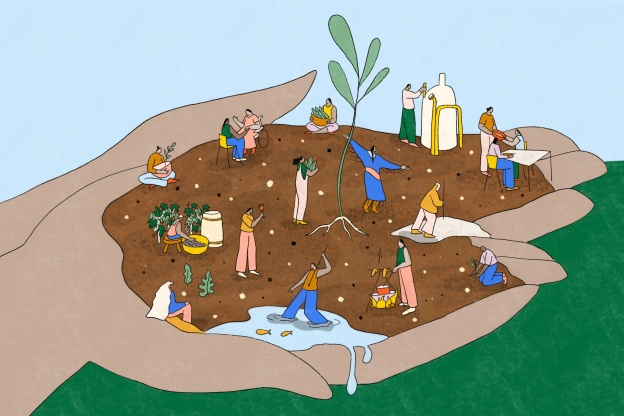

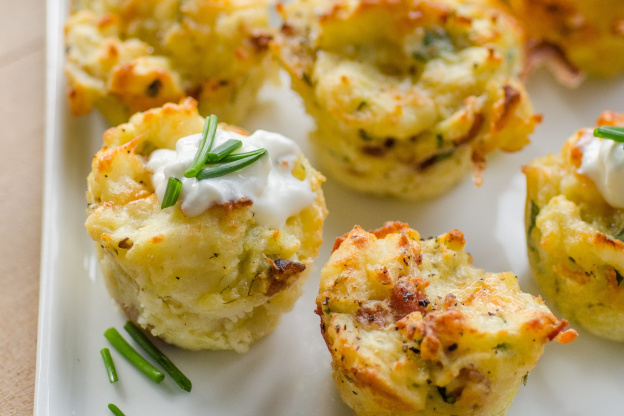
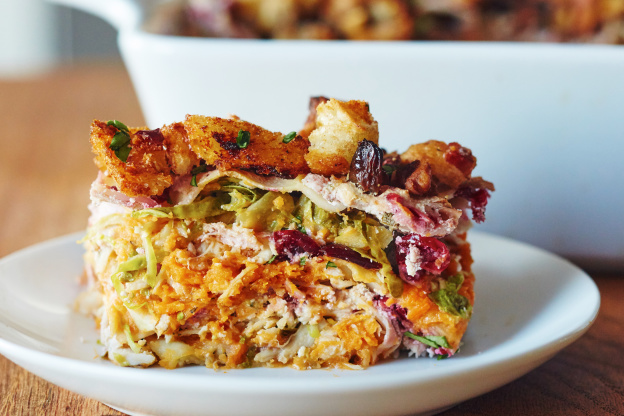
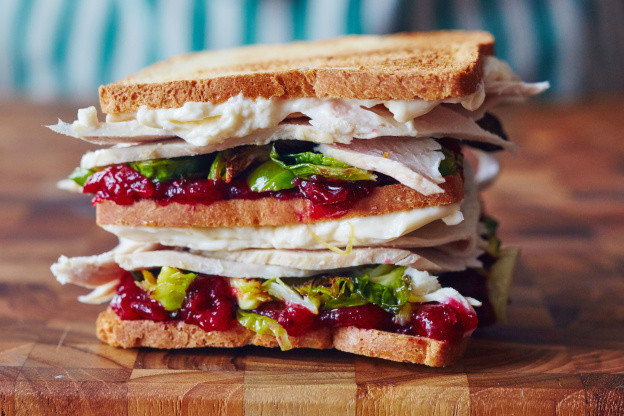
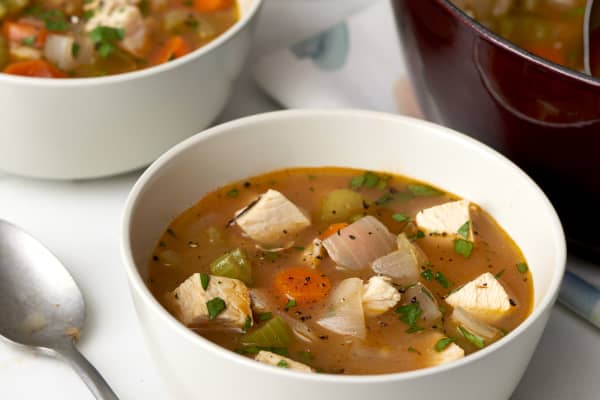
No comments:
Post a Comment